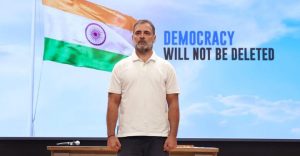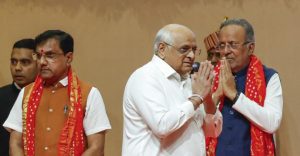After months of rising tensions and weeks of deadly exchanges across the Line of Control (LoC), the ceasefire agreement between India and Pakistan appears to be holding, kindling cautious optimism for a shift toward renewed diplomatic engagement. As both sides continue to emphasize military restraint, analysts and citizens alike are asking: Is this a strategic pause, or the beginning of a new chapter in subcontinental relations?
The ceasefire, declared on May 10, 2025, marked a turning point in what had been one of the deadliest phases of cross-border violence in recent years. For the first time in over a month, artillery guns went silent, and border residents woke to an unfamiliar calm. In simultaneous announcements, New Delhi and Islamabad reaffirmed the ceasefire understanding originally reached in 2003.
What sets this development apart, say observers, is the unusually high-level involvement of military commanders from both sides. The Indian and Pakistani DGMOs issued a rare joint statement underscoring their commitment to peace and emphasizing the need for a “sustainable environment of trust and cooperation.”
“It’s more than a tactical pause,” says Brigadier (Retd.) Anil Sharma, a defense analyst in New Delhi. “This is a calculated de-escalation. Both countries understand that continued hostility hurts them more than it helps.”
Indeed, both economies are under pressure—India from inflationary strains and election-related volatility, Pakistan from an ongoing fiscal crisis exacerbated by IMF mandates and public unrest. In this context, a temporary peace serves mutual interests.
But political and military cooperation has always been fragile between these nuclear-armed neighbors. The last attempt at sustained peace talks collapsed in 2016, and since then, back-to-back crises—from Pulwama to Balakot to the abrogation of Article 370—have widened the rift.
That’s why the current ceasefire, although limited to military engagement along the border, is drawing international attention. The United Nations, the U.S., and Gulf countries have publicly welcomed the agreement and encouraged further diplomatic steps. “This is a moment to build on,” said the U.N. Secretary-General in a statement. “We urge both nations to maintain restraint and invest in dialogue.”
Meanwhile, the reaction from the public has been mixed. In Indian-administered Kashmir, youth leaders have cautiously welcomed the move but remain skeptical of any real political resolution. “Ceasefires come and go,” said 24-year-old activist Faheem Mir. “Unless both countries address the political aspirations of Kashmiris, peace will remain superficial.”
On the Pakistani side, opposition parties have accused the government of “capitulating” to Indian pressure, especially following India’s high-profile strikes in PoK. Prime Minister Shehbaz Sharif’s administration has defended the ceasefire as a “step toward de-escalation and regional harmony.”
Security experts agree that without a parallel political process, the ceasefire alone cannot achieve durable peace. “Military silence must lead to diplomatic voice,” said Indian analyst Meenakshi Reddy on a national television panel. “We need formal talks, track-two diplomacy, and confidence-building measures.”
To that end, there are early signs of progress. Rumors of a potential sports diplomacy initiative—including a bilateral cricket series—have surfaced, and some retired diplomats suggest that visa relaxations and cultural exchanges could follow if the truce holds.
The next few weeks will be a litmus test. Will both nations continue to prioritize restraint, or will old patterns of mistrust reassert themselves? The region, and the world, will be watching.





More Stories
Voter List Fraud: ₹80 Offered for Each Fake Deletion Request in Aland, Karnataka SIT Reveals
Stranded Before the Festival: Air India Flight Cancellation Leaves Dozens in Milan Without a Way Home for Deepavali
Massive Gujarat Cabinet Overhaul: Harsh Sanghavi Promoted, Rivaba Jadeja Makes Political Debut